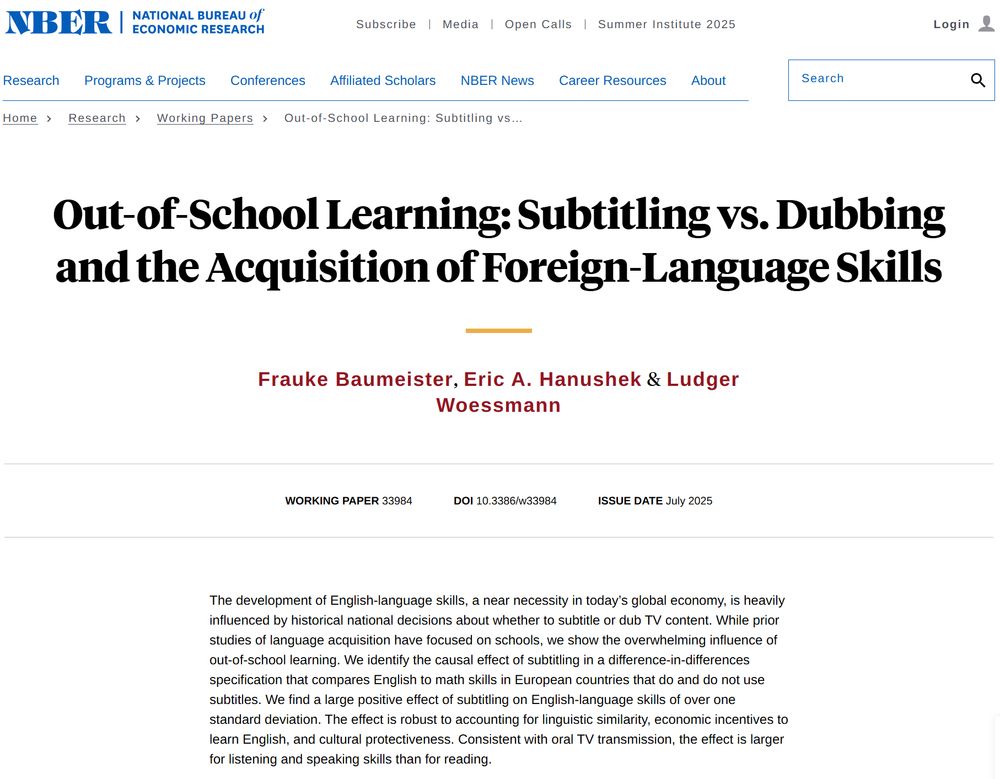Alexis Le Nestour
@alenestour.bsky.social
1.9K followers
1.1K following
120 posts
Researcher in education at Unicef Innocenti. Development economist.
Marseille, France.
Posts
Media
Videos
Starter Packs
Alexis Le Nestour
@alenestour.bsky.social
· Aug 27
Alexis Le Nestour
@alenestour.bsky.social
· Jul 11
Alexis Le Nestour
@alenestour.bsky.social
· Jul 11
Alexis Le Nestour
@alenestour.bsky.social
· Jul 11
Reposted by Alexis Le Nestour
Reposted by Alexis Le Nestour
Reposted by Alexis Le Nestour
Alexis Le Nestour
@alenestour.bsky.social
· Mar 14
Alexis Le Nestour
@alenestour.bsky.social
· Mar 14
Alexis Le Nestour
@alenestour.bsky.social
· Feb 22
Alexis Le Nestour
@alenestour.bsky.social
· Feb 14
Alexis Le Nestour
@alenestour.bsky.social
· Feb 10














